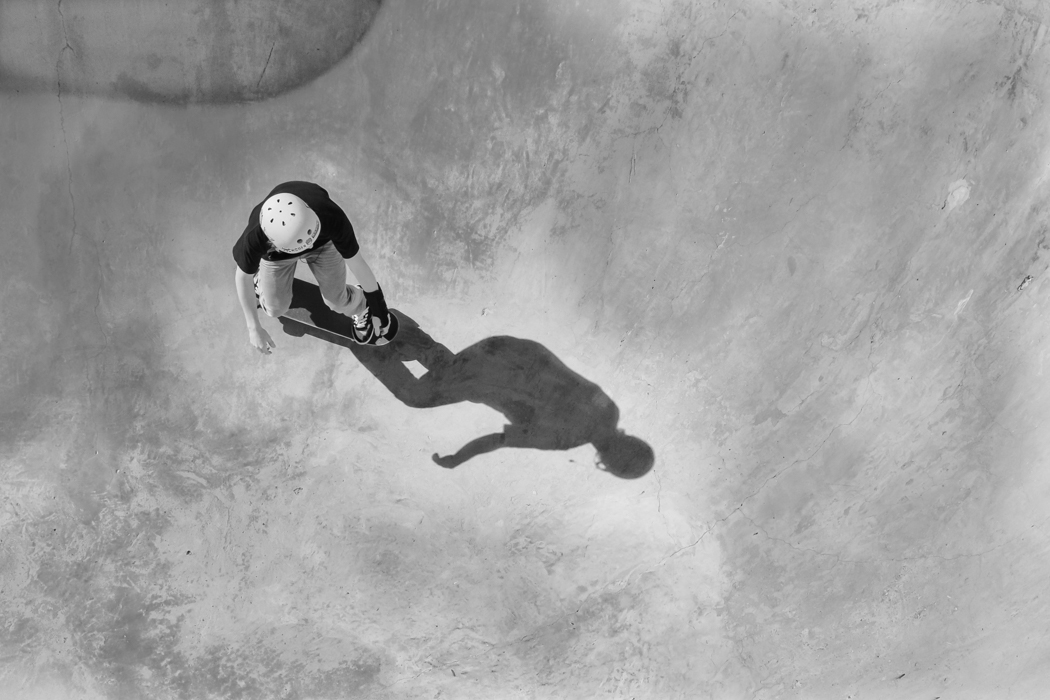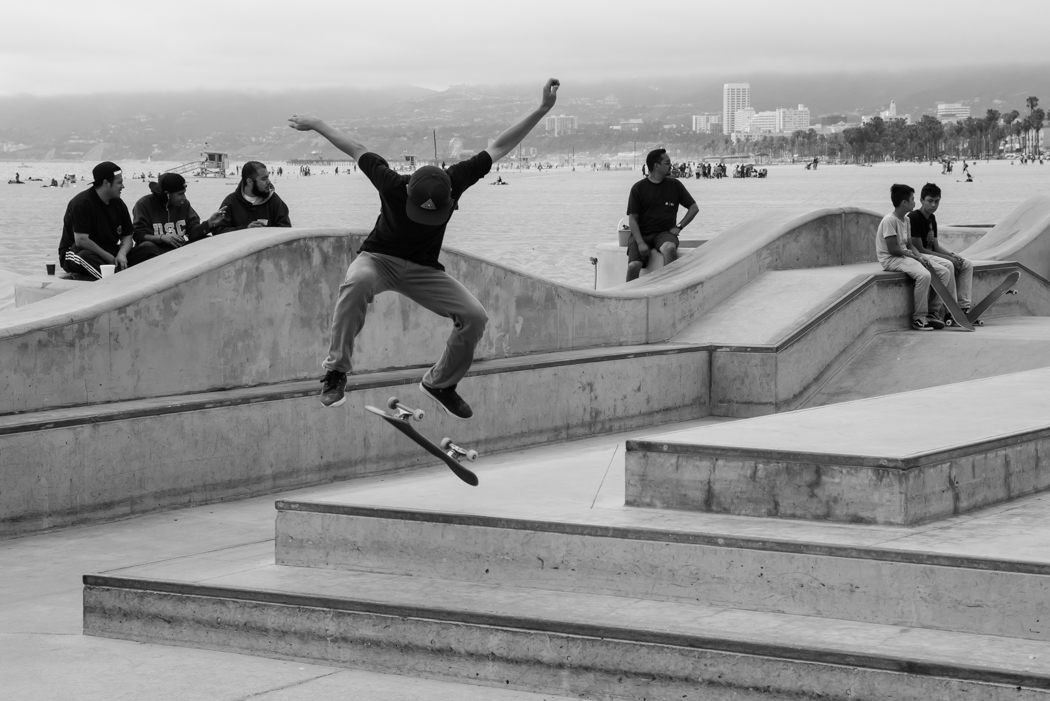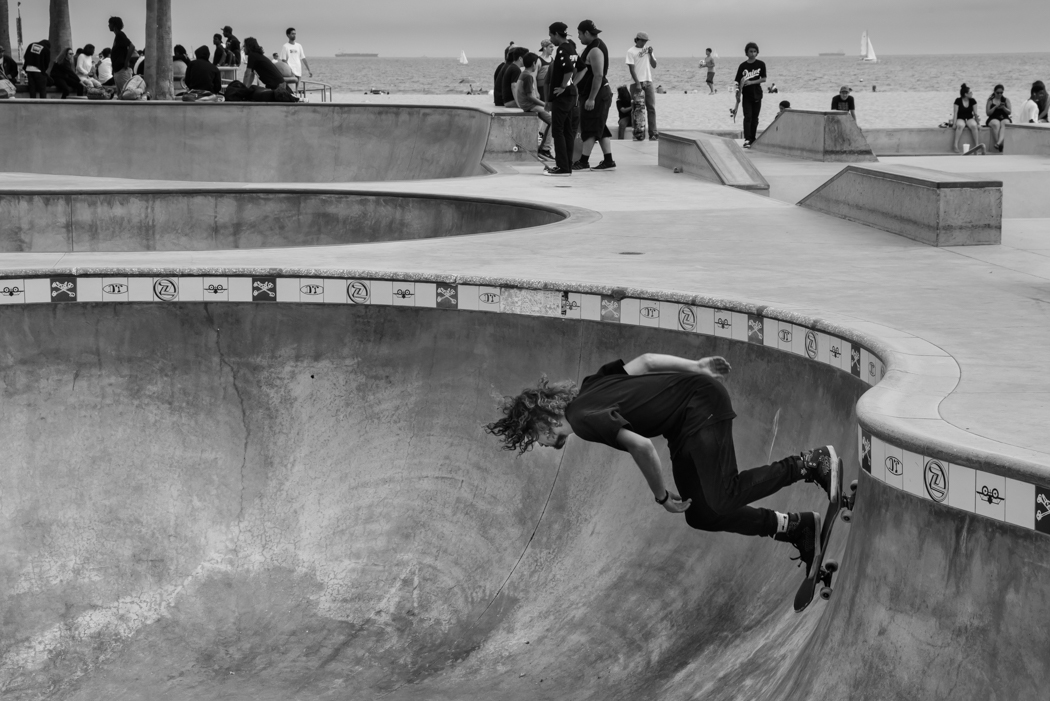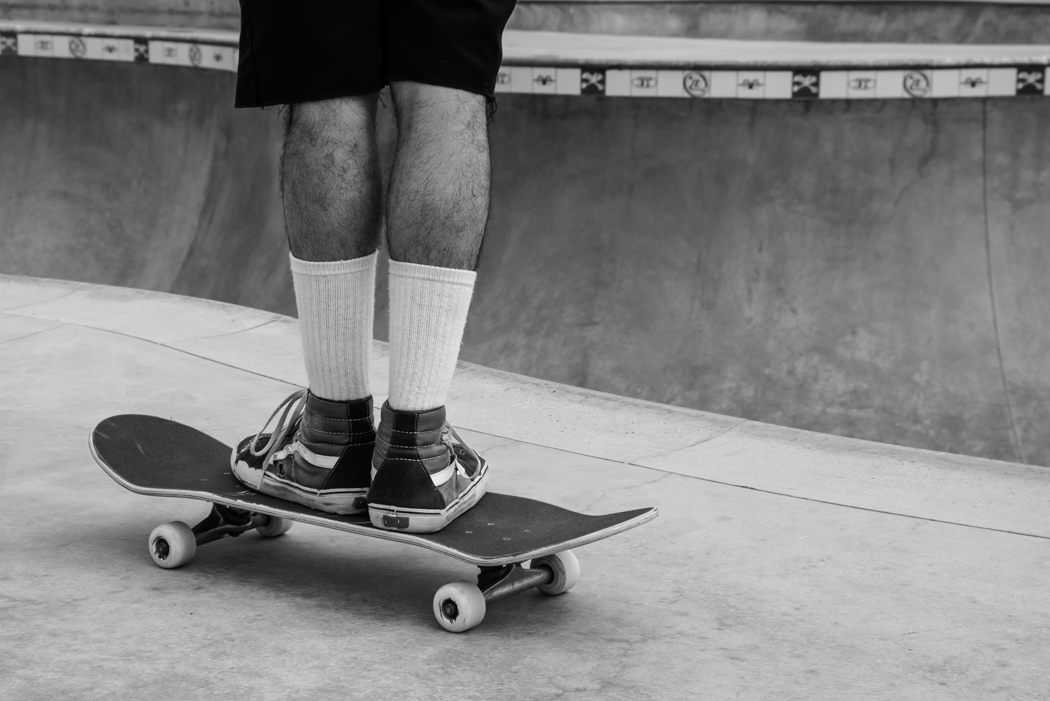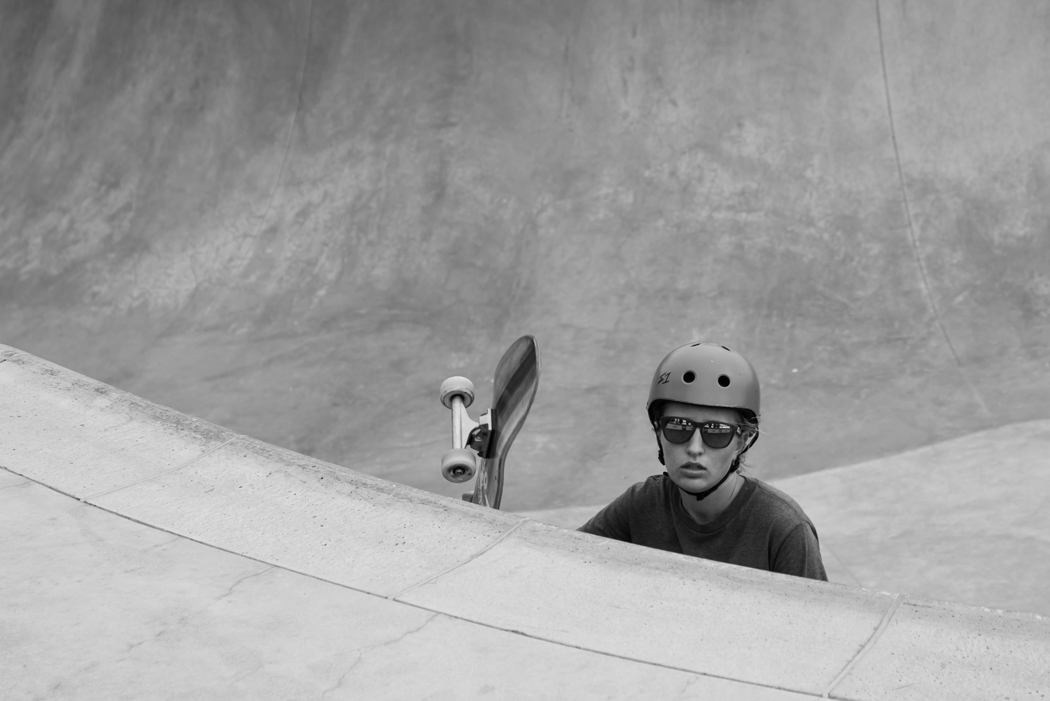Kickflip
It’s the 1950’s in California and the pacific waves are flat. The surfers along the coast are
It’s the 1950’s in California and the pacific waves are flat. The surfers along the coast are
bored; thus an idea was sparked that would eventually become one of the largest and most
profitable industries in extreme sports. Composed of merely a set of roller skate wheels and a
wooden plank, the skateboard was born and “sidewalk surfing” quickly became a sport and a
culture of its own. A culture that was truly radical.
From downhill slalom, freestyle and street; to pools, half-pipes and rails, the sport quickly
received stigmas and stereotypes due to the lack of resources and its notoriety for being
dangerous. Without a place to skate, skateboarders had to make their own. Identifying
skateboarders as rebels, drug addicts and criminals came about during the droughts in
California that resulted in empty pools in backyards that skaters claimed; the holy grail of
skating locations during the time. Fear of injuries terrified business owners into banning
skateboarding from their property and without resources such as today’s skate parks,
skateboarders were left to their own devices. In fact, the first skate parks were not born until
1976.
As an artist and photographer my work represents the culture of skateboarding in an
attempt to disengage the public from the stigmas attached to it. Growing up with
skateboarders as friends, I experienced both the dexterity and social aspects of skate culture.
From parking lots, schools, abandoned buildings and local skate parks the loyalty to the sport is
quite exceptional. Without coaches or fans, the motivation it takes to succeed is remarkable.
Outside of the raw talent, the friendships gained and the experiences made is not only a local
but a global culture that continues to grow.
